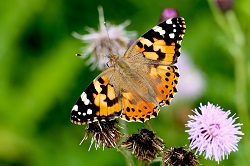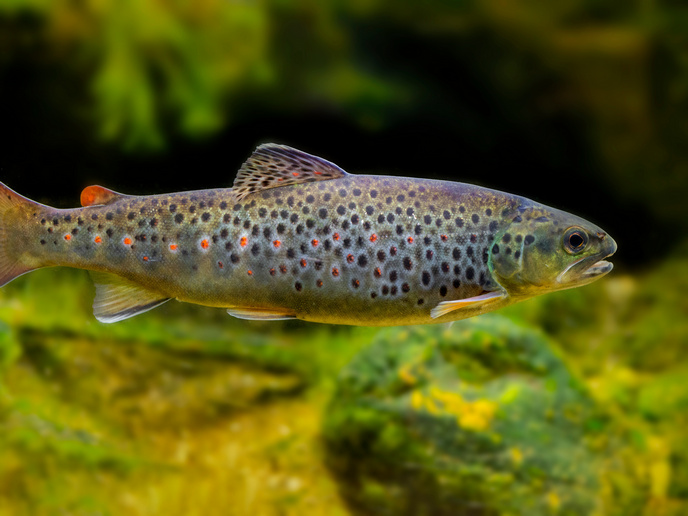Getting to know the migration of the ‘painted lady’
The migration and distribution of many insects has economic consequences, such as pollination in agricultural systems, pest outbreaks and the spread of infectious diseases. The butterfly V. cardui is an ideal model to study population dynamics of insect migrations because the species is distributed worldwide. While the cosmopolitan butterfly represents what is potentially the widest distribution range of any butterfly species, its migratory behaviour is poorly understood. The EU-funded MIGRATION(opens in new window) initiative set out to better understand the migratory strategies of V. cardui. The team studied genetic, ecological and other factors that regulate the phenomenon of insect migration. MIGRATION found that the species migrates from Europe to tropical Africa during the autumn, and this mass movement reverses in spring. This means that V. cardui populations cross the Sahara twice per year, and relies on both temperate and tropical habitats to complete its multigenerational cycle. This is unprecedented for migrating insects; only seen in the patterns of migratory birds. “We use the species Vanessa cardui, being the most cosmopolitan of the butterflies and the terrestrial migratory species with the largest known distribution,” says MIGRATION team member Dr Gerard Talavera. “It is an ideal model to measure how migration shapes gene flow across the world.” Sampling worldwide specimens The team had the challenge of gathering specimen samples that represent the entire species’ range all over the world. “We had to launch hypotheses about where and when to find the butterflies to conduct surveys; we gathered information from colleagues, citizen science programmes, and by modelling climatic patterns,” Dr Talavera notes. The MIGRATION team took an unusual approach whereby their field expeditions did not focus on particular sites but rather surveyed entire countries or whole continents. This meant they had to be continuously on the move, searching for evidence of present or past breeding, or finding adult butterflies on migration course. They amassed a repository of over 3 000 specimens worldwide and chose a subsample for genomic sequencing and downstream population genomics. The initial proposal was to sequence 600 specimens, but the team elected to do this for over 1 200 due to the success they had in sampling. They created the largest molecular data set of natural populations of a cosmopolitan species ever sampled, excluding humans. Project researchers used pollen metabarcoding as a tool to trace migratory paths. They showed, as a proof-of-concept, that the technique makes it possible to trace migratory paths of insects, by looking back at the different flowers that they have visited thousands of kilometers apart. The team used other markers to trace migratory paths, such as hydrogen-stable isotopes. This was the first time that an insect was traced this way at an intercontinental scale between Africa and Europe. MIGRATION sequenced several full genomes that are currently being assembled for comparative genomics and to identify genomic regions involved in migratory behaviour. The project was not without its challenges, as Dr Talavera explains the multidisciplinary nature of this research and the large amount of data involved made the work extremely intense. “We have not had time to fully analyse all the molecular data generated to the publication stage; this is still a work in progress.” Moving forward Dr Talavera says this kind of work never finishes, as there are still many new questions and research opportunities to explore. The team has, however, established V. cardui as an emerging model system in evolutionary biology and the study of insect migration. “As we now understand the system better thanks to all field data, we can now apply this knowledge to analyse the migrations of this or other species in other parts of the world,” Dr Talavera concludes.







